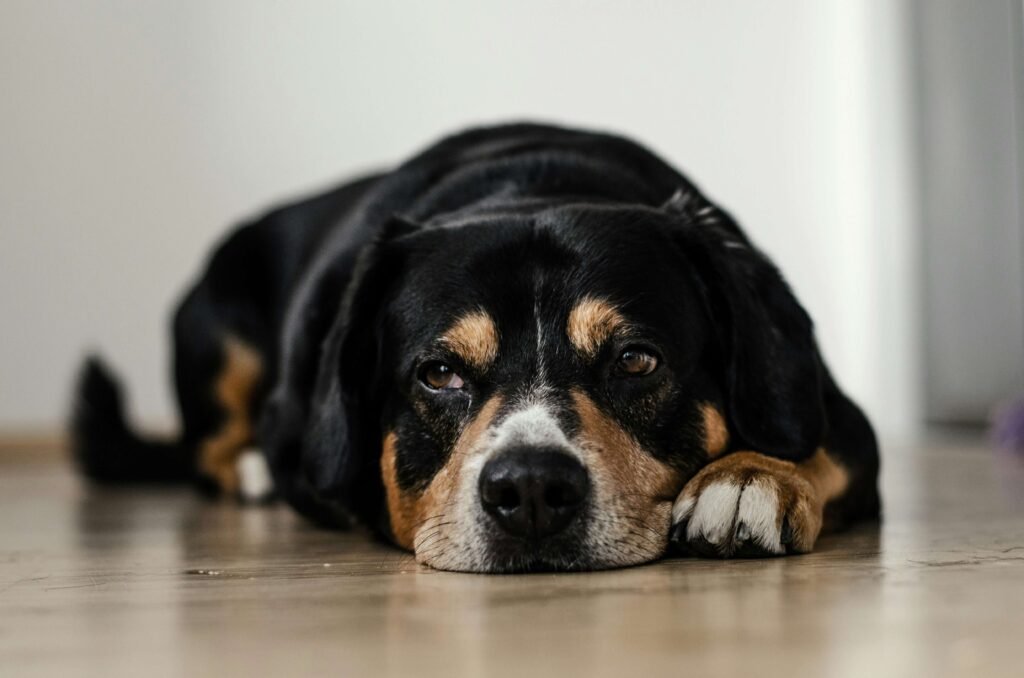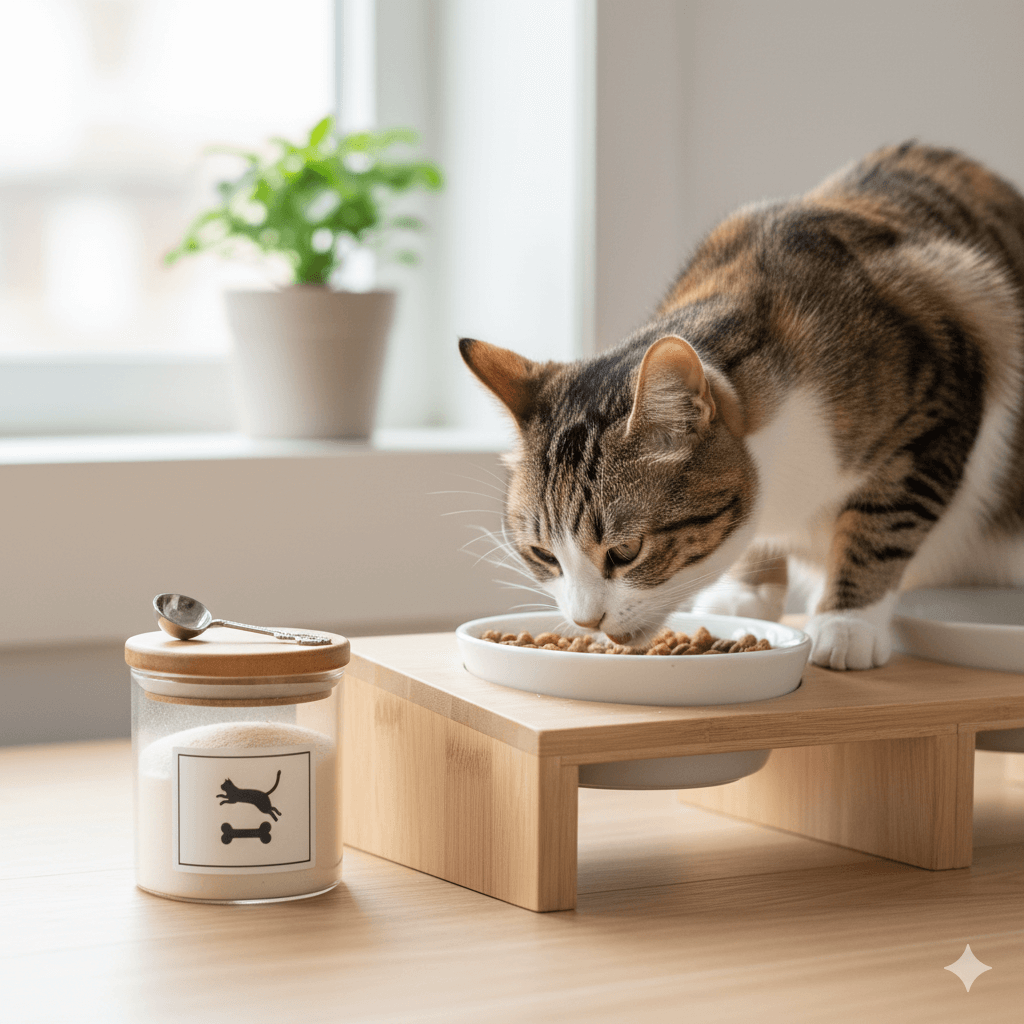Signs of Infection After Neutering Your Dog
Neutering is a common and beneficial procedure for dogs, offering numerous health and behavioral advantages. However, like any surgical intervention, it carries a small risk of complications, including infection. As a responsible pet owner, it’s crucial to monitor your dog closely during the recovery period to ensure their incision heals properly. Recognizing the signs of infection early can prevent further complications and ensure your furry friend recovers quickly and comfortably. This guide will help you understand what to look for, how to respond, and how to support your dog’s healing process after neutering.
Common Signs of Infection After Neutering
Knowing the warning signs of an infection can make all the difference in your dog’s recovery. Here are some key symptoms to watch for, along with why they matter.
Redness Around the Incision Site:
Mild redness immediately after surgery is normal, but persistent or spreading redness may indicate irritation or infection.Swelling at the Surgical Area:
Some swelling is expected, but excessive or worsening swelling could signal inflammation or fluid buildup caused by infection.Discharge from the Incision:
A small amount of clear or slightly bloody discharge is typical, but pus-like or foul-smelling discharge is a clear sign of infection.Excessive Licking or Chewing:
Dogs often lick their wounds as a way to soothe discomfort, but obsessive licking can introduce bacteria and delay healing.Lethargy or Loss of Appetite:
If your dog seems unusually tired, refuses food, or shows little interest in activities, it may be a sign their body is fighting an infection.
Prompt attention to these symptoms can help you address potential issues before they escalate, ensuring your dog’s speedy recovery.

How to Care for Your Dog Post-Neutering
Proper post-operative care plays a vital role in preventing infections and promoting healing. Follow these steps to create a safe and supportive environment for your dog.
Keep the Incision Clean and Dry:
Avoid bathing your dog or letting them swim until the incision has fully healed. Moisture can increase the risk of infection.Prevent Licking with an Elizabethan Collar:
Use a cone or inflatable collar to stop your dog from licking or chewing the incision site.Limit Physical Activity:
Restrict running, jumping, and rough play for at least 10-14 days to allow the incision to heal without strain.Monitor the Healing Process Daily:
Check the incision daily for any changes in appearance, such as redness, swelling, or discharge.Administer Medications as Directed:
If your vet prescribes antibiotics or painkillers, ensure your dog takes them as instructed to prevent complications.
By following these guidelines, you can minimize risks and support your dog’s recovery journey effectively.
Check this guide 👉How Long Is a Dog Neuter Surgery? Best 7 Tips!
Check this guide 👉How Soon Can I Walk My Dog After Neutering? Best 7 Tips!
Check this guide 👉What to Do If Your Dogs Neuter Wound Opens: Best 7 Tips!
Signs of Normal Healing | Signs of Potential Infection |
|---|---|
Minimal redness around the incision | Spreading or dark redness |
Slight swelling that subsides within days | Excessive or worsening swelling |
Small amounts of clear or bloody discharge | Pus-like or foul-smelling discharge |
Occasional licking of the incision site | Obsessive licking or chewing |
Normal energy levels and appetite | Lethargy, loss of appetite, or fever |
When to Contact Your Veterinarian
While minor discomfort is normal after neutering, certain signs warrant immediate veterinary attention. Knowing when to seek professional help ensures your dog receives timely treatment.
Fever or Elevated Body Temperature:
A fever is a strong indicator that your dog’s body is fighting an infection. Use a rectal thermometer to check their temperature if possible.Severe Pain or Whining:
If your dog vocalizes in pain or seems unable to settle, it may indicate complications requiring medical intervention.Opening of the Incision Site:
Any gaping or tearing of the incision requires urgent veterinary care to prevent further damage.Persistent Vomiting or Diarrhea:
These symptoms could suggest internal issues or reactions to medications, which need prompt evaluation.Refusal to Eat or Drink for Over 24 Hours:
Prolonged lack of appetite or hydration is concerning and should not be ignored.
Addressing these concerns quickly can prevent minor issues from becoming major problems, safeguarding your dog’s health.
Tips for Preventing Infections After Surgery
Prevention is always better than cure. By taking proactive measures, you can significantly reduce the risk of infection after your dog’s neutering procedure.
Create a Quiet Recovery Space:
Designate a calm, low-traffic area where your dog can rest undisturbed during their recovery period.Avoid Allowing Other Pets Near the Incision:
Keep other household pets away to prevent them from licking or aggravating the incision site.Follow Post-Op Instructions Carefully:
Adhere to all guidelines provided by your veterinarian regarding activity restrictions and wound care.Use Protective Clothing if Necessary:
For dogs who resist cones, consider using protective bodysuits to cover the incision area.Schedule Follow-Up Appointments:
Attend all recommended follow-up visits to ensure the incision is healing properly and to address any concerns.
These preventative steps can go a long way in ensuring a smooth and complication-free recovery for your dog.
Early Warning Signs of Complications
Catching complications early can save your dog from unnecessary discomfort. Look out for these subtle warning signs that something may be wrong.
Warmth Around the Incision Area:
Gently touch the area—if it feels warmer than usual, it could indicate inflammation or infection.Unusual Odor Near the Incision:
A foul smell emanating from the surgical site is a strong indicator of bacterial growth.Changes in Behavior:
If your dog seems unusually irritable, anxious, or withdrawn, it may reflect underlying discomfort.Difficulty Walking or Standing:
Stiffness or reluctance to move can suggest pain or swelling affecting mobility.Loss of Interest in Play or Interaction:
A sudden disinterest in favorite activities may signal they’re feeling unwell.
Early detection of these signs allows for quicker intervention and better outcomes for your dog.
Managing Discomfort During Recovery
Helping your dog feel comfortable during recovery is essential for their well-being. Here are practical ways to ease their discomfort and promote healing.
Provide Soft Bedding:
Ensure your dog has access to a cozy, padded bed to rest comfortably without irritating the incision.Offer Gentle Distractions:
Engage your dog with quiet toys or puzzles to keep their mind off the discomfort.Feed Nutritious Meals:
High-quality food supports immune function and aids in faster healing.Maintain a Stress-Free Environment:
Minimize noise and disturbances to help your dog relax during their recovery.Apply Cold Compresses (If Approved):
Ask your vet if applying a cold compress can reduce swelling safely.
Comfort-focused care can make a significant difference in your dog’s recovery experience.
Long-Term Benefits of Proper Post-Surgical Care
Taking the time to care for your dog properly after neutering pays off in the long run. Here’s how diligent post-op care benefits your dog’s overall health and happiness.
Reduced Risk of Chronic Health Issues:
Proper care minimizes complications that could lead to long-term health problems.Improved Quality of Life:
Neutered dogs often live longer, healthier lives due to reduced risks of certain cancers and infections.Better Behavioral Outcomes:
Addressing post-surgical needs promptly reduces stress-related behaviors like anxiety or aggression.Strengthened Bond with Your Pet:
Providing attentive care fosters trust and deepens your relationship with your dog.Contribution to Community Welfare:
Responsible pet ownership helps control stray populations and promotes animal welfare.
Investing in your dog’s recovery today sets the stage for a lifetime of joy and companionship.
Frequently Asked Questions About Post-Neutering Care
How long does it take for a dog to recover after neutering?
Most dogs recover within 10 to 14 days, but full healing may take up to four weeks.
Can I bathe my dog after neutering?
Wait at least 10 days or until your vet gives the green light.
Is it normal for my dog to have a slight fever after surgery?
Mild fever can occur, but anything above 103°F (39.4°C) warrants a vet visit.
What should I do if my dog won’t stop licking the incision?
Use an Elizabethan collar or consult your vet for alternative solutions.
Are antibiotics necessary after neutering?
Not always, but your vet may prescribe them if there’s a higher risk of infection.
Supporting Your Dog Through a Safe Recovery
Neutering is a routine yet transformative procedure that benefits both your dog and the broader community. While complications like infections are rare, staying vigilant and informed empowers you to act swiftly if needed. By monitoring your dog’s healing process, providing proper care, and seeking veterinary assistance when necessary, you can ensure their recovery is as smooth and comfortable as possible. Remember, your dedication and attentiveness are key to helping your furry companion return to their happy, healthy self in no time.
Understanding Bone Supplement for Cats: Best 7 Expert Tips! – Safe, vet-approved guidance for strong feline bones & balanced nutrition.
Bone Supplement for Dogs: Best 7 Expert Tips! – Expert guide to calcium, collagen & bone health for every life stage.
Understanding Can Cats Get Sunburn: Best 7 Expert Tips! – Protect your feline from UV damage with vet-backed prevention strategies.
How to Train a Seizure Alert Dog: Best 7 Expert Tips! – Learn expert-backed steps to nurture natural instincts into reliable, life-saving seizure alerts.





